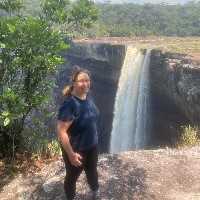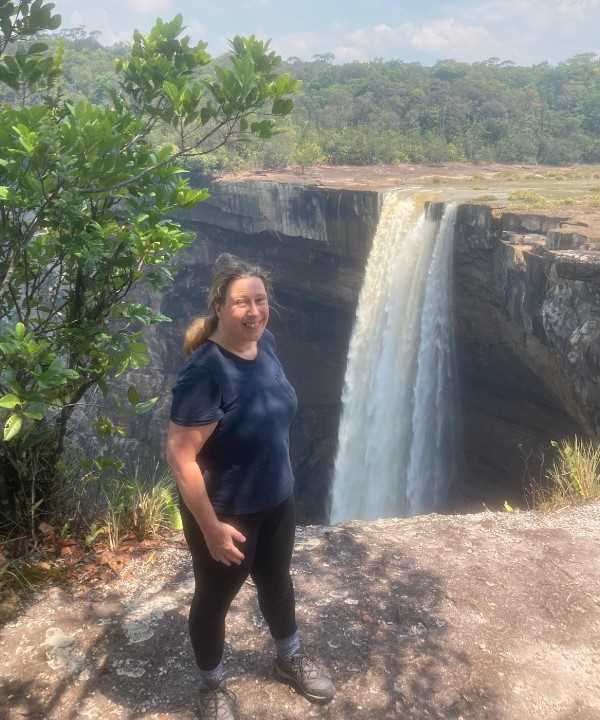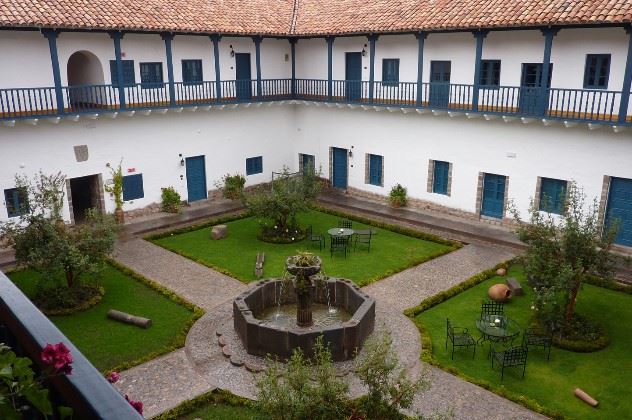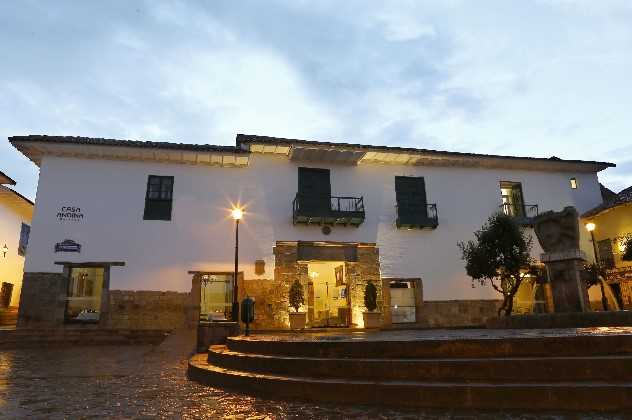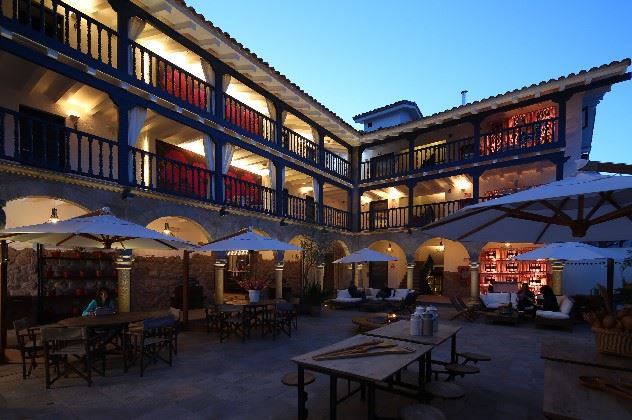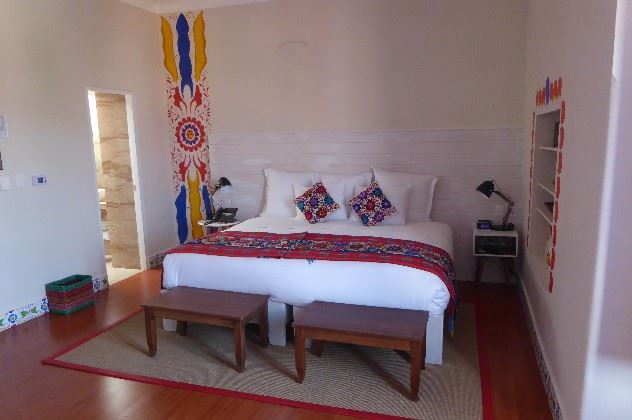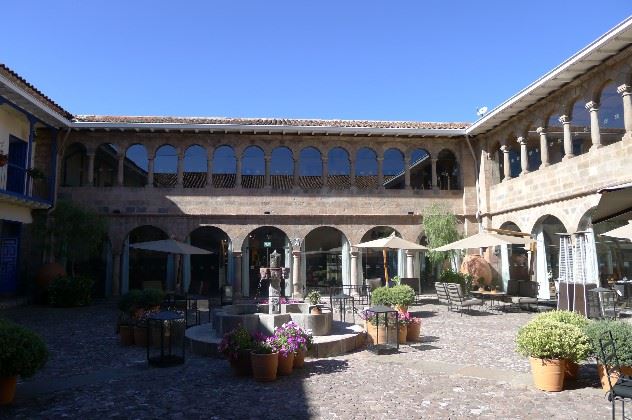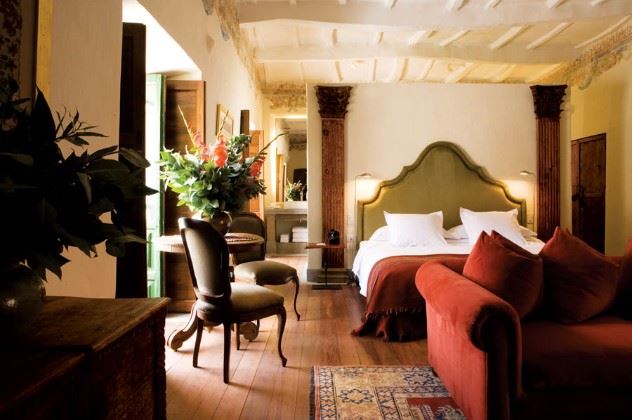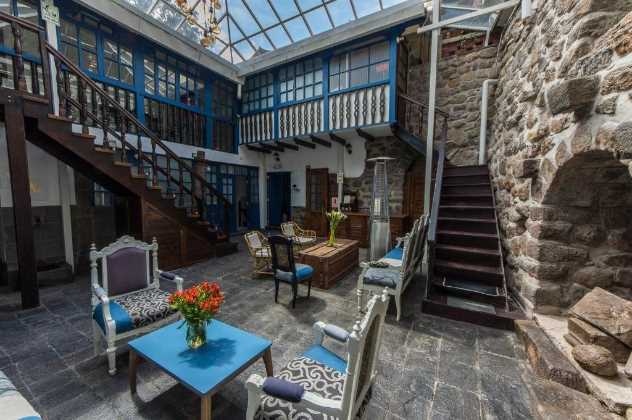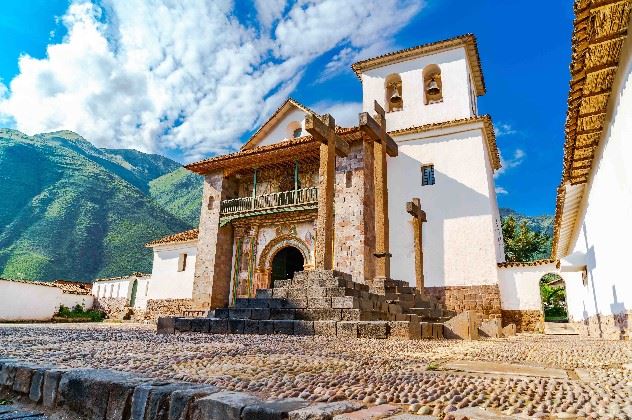The ancient Inca city of Cusco is a captivating blend of colonial and Inca architecture, where centuries of history are etched into every stone.
This was the capital of the Inca empire until the Spanish conquest of the 16th century and today is renowned as the Historical capital of Peru. This alone warrants a visit to Cusco but add its natural backdrop of the Andes mountain range and its proximity to the Sacred Valley, it is easy to understand why two million people choose to visit this colourful and atmospheric destination each year.
Read on to learn why Cusco should be added to your future travel wish list with Sunvil.
Day One: A Gentle Immersion into Cusco's Historic Heart
New arrivals into Cusco must allow themselves to take the opportunity to acclimatise to the city’s altitude. At 3,399m above sea level it is one of the highest cities in the world, and at this elevation the air is finer, leaving some feeling a shortness of breath or a faster heartbeat.
The need to acclimatise should be considered a blessing, not a curse, as it will require you to slow your pace. It allows you the time to absorb your surroundings and to feel the beat of the city and will provide the opportunity to stop and observe, to listen and to learn. Please follow any personalised medical advice re. altitude.
Our recommendation is to enjoy a leisurely day exploring Cusco’s historic centre, a UNESCO World Heritage Site since 1983. It was declared such by UNESCO for its unique testimony to the ancient Inca civilisation and its representation of 3,000 years of indigenous and autonomous development in the southern Peruvian Andes, combined with its significant colonial transformation.
At the heart of the city is Plaza de Armas, the main square, which is surrounded by colonial buildings adorned with coloured wooden balconies and housing a myriad of shops and restaurants. On the northeast perimeter of the square is the Cathedral of Cusco and on its eastern flank the Church of the Society of Jesus and the Natural History Museum. Picture opportunities are aplenty, none more so than from the water fountain and ornate gardens at the heart of the square.
You can visit the Cathedral for a small entrance fee. Built atop the foundations of an ancient Inca palace, it is a fine example of colonial architecture - a blend of Gothic, Renaissance, and Baroque styles. Inside you’ll find an altar decorated with gold and silver, a collection of canvases, the “silver room”, the Chapel of the Lord of Earthquakes and the “last supper” painting featuring a guinea pig as the main dish.
Stretching out from the square are cobbled roads and narrow alleyways to discover. Head towards the San Pedro Market – a popular lunchtime haunt for locals. Don’t miss the fresh fruits section where you can buy freshly made juice.
Coricancha, also known as the Temple of the Sun (Inti), is a short stroll (less than 10 minutes’ walk) from Plaza de Armas. It was the most important temple in the Inca Empire and it is said that the temple walls were once lined with some 700 solid-gold sheets, each weighing about 2kg. In addition it has been reported that there were life-sized gold and silver replicas of corn, which were ceremonially ‘planted’ in agricultural rituals as well as solid-gold llamas and a replica of the sun. This wealth was looted during the conquest and the Santo Domingo church built atop.
You can visit Coricancha and Santo Domingo church. Inside Coricancha, you will see remarkable Inca stonework including the curved walls of the sun temple, and the remains of other temples dedicated to the moon and stars. The Santo Domingo church itself houses valuable colonial art.
Other notable museums in Cusco include:
- The Inca Museum (Museo Inka): Provides a comprehensive overview of Inca history, culture and daily life, with exhibits of ceramics, textiles, and mummies.
- Museo Casa Concha (Machu Picchu Museum): Houses artefacts excavated from Machu Picchu by Hiram Bingham, which were returned from Yale University, providing a deeper understanding of the famous Inca citadel.
As you explore, you’ll see the remains of Incan structures including the old city walls. Large granite stones, of all shapes and sizes, fitted together in a perfect jigsaw puzzle. The renowned twelve-angled stone in the walls of the former Hatunrumiyoc Palace (now the Archbishop's Palace) is an excellent example of the Incan’s engineering prowess.
In the evening, take dinner in one of the many restaurants in the historic centre. Cusco upholds Peru’s reputation as a culinary destination and there is a vast array of restaurants catering for all tastes and dietary requirements. For a local delicacy try trout – caught in nearby rivers such as the Urubamba River in the Sacred Valley or the Apurímac River, ceviche and Lomo Saltado. You’ll also find alpaca and guinea pig on some menus.
Sunvil can arrange a guided half-day tour of the key sites to help to bring the city’s history to life.
Day Two: Ascending to Artisanal Heights and Ancient Views
Leaving the historic centre behind you, head to the east of the city to San Blas, a picturesque area with narrow streets stretching up the hillside, artisan workshops, quaint cafes, panoramic restaurants and the San Blas church.
You can easily spend half a day in the San Blas district wandering from boutique shop to gallery and soaking up the atmosphere of the colourful, flower adorned streets.
The altitude may affect the pace at which you can ascend, but don’t despair as there are countless vantage points to enjoy. From these the terracotta roofs of the historic centre can be observed and beyond this the mountains of Araway Qhata, Muyu Urqu and Kunturuma. With scenes such as these, the high altitude of the city and the imposing mountains, it is easy to understand why the Incas worshipped Pachamama (Mother Earth), the sun, moon and stars and viewed mountains as the protectors of their world.
Visit the Sapantiana Aqueduct, a colonial hydraulic architecture that was built by the Jesuit missionaries between the 17th and 18th centuries. And, if time permits, climb to the city’s summit and archaeological site of Sacsayhuaman. Sacsayhuaman is an expansive Inca citadel with the most incredible views over the city below – the Cruzmoqo viewpoint is our favourite.
Following the path back towards the historic centre, you’ll pass the Church of San Cristobal and its viewpoint.
These two days will cement a place in your heart for Cusco. The city has a warm and welcoming atmosphere; one which is infectious and will leave you wanting to learn and explore further.
Staying longer?
For those staying longer in Cusco, there remain many more museums and sites of interest to visit. You could also consider a day excursion to Machu Picchu or to Rainbow Mountain, both available through Sunvil. Treks on the Inca trail to Machu Picchu are also on offer.
Festivals in Cusco
Cusco is renowned for its vibrant festivals, with Inti Raymi (the Festival of the Sun) and the Festival of Cusco being among the most significant. Other big events in the city include Semana Santa (Holy Week), Corpus Christi and the Qoyllur Rit'i pilgrimage. These festivals showcase a rich tapestry of indigenous traditions and Catholic influences, offering a unique glimpse into Andean culture.
Why Book Your Peru adventure with Sunvil?
With over 50 years of expertise in crafting bespoke travel experiences, Sunvil offers a deep understanding of what makes Peru special. Our holidays are thoughtfully designed to highlight the country's heritage, scenery, festivities and sights of interest. Let our team of destination specialists guide you in creating the perfect trip.
